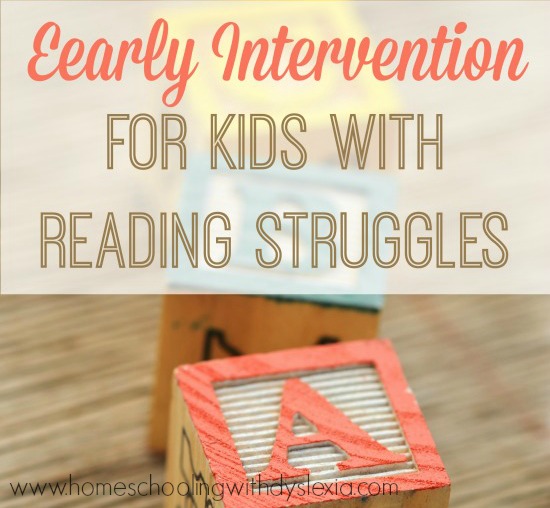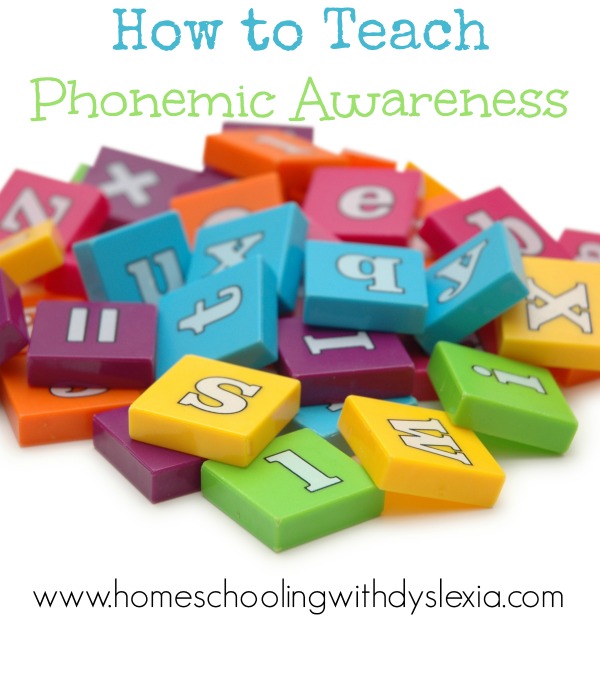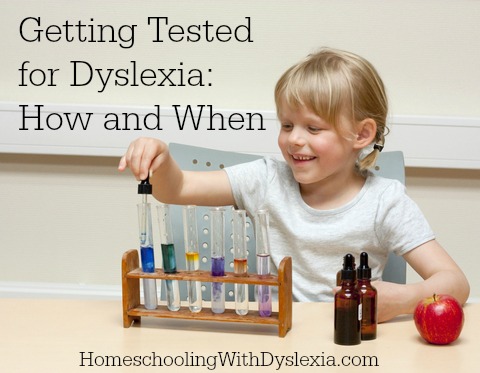When we first began our dyslexia journey, we were told that our 7 1/2 year old son was just a late bloomer. We adopted a wait and see approach to his reading delays. It is now known that early intervention for kids with dyslexia is vital.

That boy did learn to read at about 11-12 years old but experienced a lot of pressure and embarrassment along the way. Another disadvantage to learning to read late is that if a child can not read efficiently, he or she will tend to avoid reading, resulting in much less exposure to vocabulary, sentence structure, and text organization than their peers who read well.
The Importance of Early Intervention for Kids With Dyslexia
Studies where at-risk kids received early intervention show that 95% of them did not fall behind their peers and that they experienced fewer emotional struggles. Studies also show that 74 percent of children who display reading problems in the third grade will remain poor readers into adulthood unless they receive special instruction on reading and phonological awareness.
Kindergarten and first grade are deemed to be the “window of opportunity” to prevent long- term reading problems. Without early intervention, the “reading gap” between struggling readers and their peers continues to widen over time.
If you or a family member have dyslexia and are concerned about a young child who may be showing signs of dyslexia, read this post on the Signs of Dyslexia.
While children who are behind in third grade can catch up with enough intensive intervention, it takes significantly longer if remediation begins after second grade.
Early Intervention for Kids With Dyslexia
Early intervention does not need to be complicated or difficult. Even a small time spent on the following activities daily, can make a big impact on your child’s learning.
Read, read, read. Kids need to be exposed to fluent reading. Read out loud often. We have our older kids read out loud to our younger kids as part of their everyday routines. Reading out loud develops an ear for words, sentence structures and builds vocabulary. Next time you feel frustrated about reading that same book for what seems like the millionth time, remember all the good that your reading is doing and keep reading! And for the times when you can’t read out loud, there are lots of great resources for audio books for kids listed in our Resources Page.
Teach Phonemic Awareness. The National Institute of Child Health and Human Development (NICHD) has found that deficits in phonological and phonemic awareness are the underlying cause of significant early reading problems. Phonemic awareness is the understanding that words are made up of sounds and is one of the main predictors of future reading success. Someone with strong phonemic awareness can hear identify and manipulate the sounds in language and will likely become a good reader with little difficulty.. Kids with dyslexia are famously lacking in phonemic awareness. Fortunately, this skill can be taught.
For more information, read this post on How to Teach Phonemic Awareness at Home.
Traditional phonics instruction is generally ineffective for remediation of early reading problems. Studies have shown that one- on-one instruction is better than group instruction for children with basic reading skill deficits. Experts agree that these kids need specialized, explicit, systematic, multi sensory intervention.
Evaluating a Child for a Dyslexia Diagnosis
Children at risk for significant reading problems can be identified as early as kindergarten. According to the International Dyslexia Association:
It is possible to identify potential reading problems in young children even before the problems turn into reading failure. Screening tests, such as Predictive Assessment of Reading (PAR); Dynamic Indicators of Basic Early Literacy Skills (DIBELS); Texas Primary Reading Inventory (TPRI); and AIMSweb screening assessments, developed by researchers for those purposes should be used with all children in a school, beginning in kindergarten, to locate those students who are “at risk” for reading difficulty. Preventive intervention should begin immediately, even if dyslexia is suspected.
For more information on how and when to have your child tested, read the post below.
In our family where 7 of our 8 kids are dyslexic, we have used early intervention for the youngest four. The difference in their experience compared to our older kids who did not receive early intervention is vast. However, if you have an older child who slipped through the cracks like our older kids, be encouraged. All people can be taught to read.
Related Posts
Help for the Older Struggling Reader
How to Teach Phonemic Awareness
How to Teach Kids With Dyslexia to Read
100 Resources for Teaching Kids With Dyslexia









I absolutely love this site! So incredibly informative, with fantastic information. Do you have references for the research you sited? I am currently working on a similar early intervention project and would love to read the articles you referenced! This is such valuable information, thank you!
I’m curious to what earalt intervention looks like. I’m homeschooling a 7 1/2 year who who I suspect is dyslexic. We are using all about reading for phonics instruction and do a lot of read aloud, but is there more to the early intervention that I should be looking into?
Hi Kelly. What you are doing are two of the best things you can do! It is important not to wait to teach kids with dyslexia. They should be taught, using methods that work, early (4-5 years old) even if they progress slowly.
So, I am confused about something. Didn’t you recently write an article about busting early intervention myths, but you are praising it here? Perhaps your opinion has changed over time? These two articles just seem to be at odds with each other.